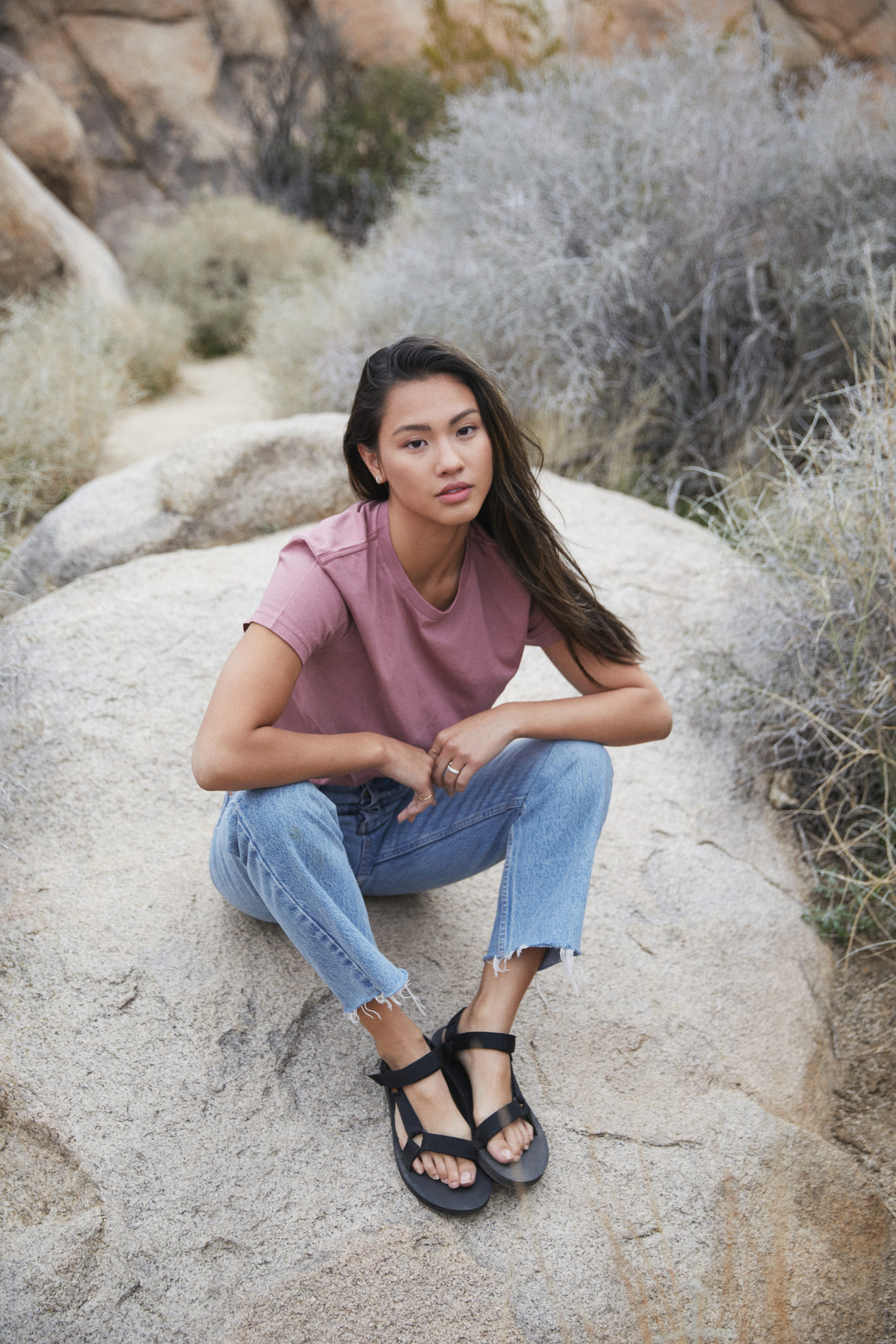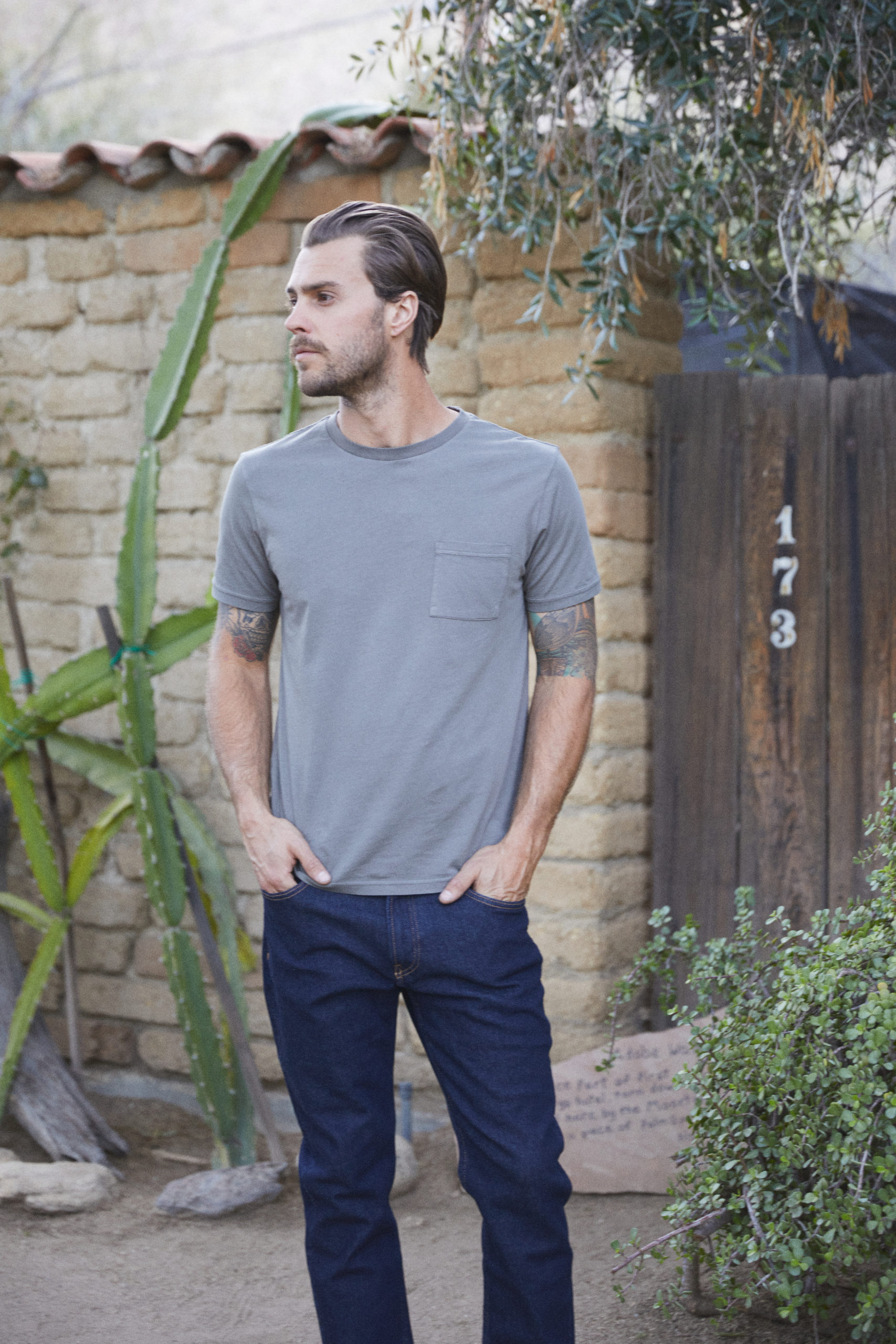The Environmental Cost of Colour
Water Waste When dyeing our clothing, the first area of concern is the amount of fresh water going to waste. According to the Ellen MacArthur Foundation, the fashion industry uses around 93 billion cubic meters (21 trillion gallons) of water annually, which is enough to fill 37 million Olympic swimming pools. Chemical Pollution After clothes are dyed, factories then need to dispose of the water, which is often a mix of chemicals, dyes, salts and heavy metals. Sadly, dumping this toxic mixture into surrounding rivers and lakes is often the cheapest solution. While not all the chemicals and solvents used in this process are hazardous, the World Bank has identified 72 toxic ones that stem solely from textile dyeing. In areas surrounding some textile dyeing factories in Asia, rivers have literally changed colour due to the number of chemicals dumped into them. Once in the waterways, dyes can accumulate to the point where light can no longer penetrate the water's surface. This accumulation can kill aquatic plants and animals and pollute essential drinking water sources for surrounding communities.tentree’s Sustainable Solution
Poisoning the planet for the sake of colour just doesn’t align with our sustainable values, so we’ve taken steps to ensure the environment remains as vibrant and beautiful as the pieces you buy from us. Our factories use a closed water system when dyeing, which recycles wastewater and complies with international standards on chemical use. While this is the standard for all the colourful pieces you’ll find in our collections, we were inspired to take it a step further and offer you an even more sustainable and natural way to add colour to your wardrobe with our new Earth Dye Collection. Featured: Women's Natural Dye T-Shirt in Crushed Berry
Featuring five new earth-inspired hues, each piece, made from 100% organic cotton, gets its colour using only plant and mineral-based dyes. These natural dyes are biodegradable, non-toxic, and produce less waste and toxic byproducts than the conventional synthetic dyeing processes above.
Featured: Women's Natural Dye T-Shirt in Crushed Berry
Featuring five new earth-inspired hues, each piece, made from 100% organic cotton, gets its colour using only plant and mineral-based dyes. These natural dyes are biodegradable, non-toxic, and produce less waste and toxic byproducts than the conventional synthetic dyeing processes above.
Creating The Earth Dye Collection
The five colours found in this collection are made using extracts from the natural plant-based sources below.Madder creates Crushed Berry Madder’s a plant native to the Mediterranean. The plant's root has been used to dye fabric red for centuries.
Catechu creates Mushroom Catechu is an extract of the acacia tree. It is extracted by boiling acacia tree wood in water and evaporating the resulting mixture.
Gallnut creates Granite Oak trees produce gallnuts as a defence against parasitic wasps. The tree excretes a tannin-rich substance that hardens and forms a gallnut.
Rhubarb and Gallnut creates Oatmeal Rhubarb is a perennial vegetable with a vibrant pink edible stalk that’s often used to make pies and crumbles.
Bluegrass and Indigo plant creates Blue Fog Bluegrass is a grass species with a narrow leaf blade found in temperate and tropical climates worldwide. And as the name suggests, the indigo plant is one of the original sources of blue indigo dye and is a member of the pea family.
Hand-dyed in small batches, the fabric for this collection is first treated with a mordant, a metallic salt that ensures the dye adheres to the fibres and remains vibrant over time. The dye itself is created in a separate vessel on the same day or the day before the treatment. The raw natural materials are boiled at 90°C for approximately an hour. The extract is then filtered before being applied to the fabric. Fabrics are bathed in the dye extract for one hour and then washed in cold water. Next, the fabric is washed with a pH neutral pro-biotic soap, a 100% biodegradable softener is added, and then a final rinse is given in cold water. Featured: Men's Natural Dye Pocket T-Shirt in Granite
The final, naturally colourful pieces are not only kind to your skin — but to the planet, too. Dyed by the earth, lived in by you, shop The Earth Dye Collection today.
Featured: Men's Natural Dye Pocket T-Shirt in Granite
The final, naturally colourful pieces are not only kind to your skin — but to the planet, too. Dyed by the earth, lived in by you, shop The Earth Dye Collection today.
Keep Reading
How to Make Natural Dyes at Home
By planting ten trees for every item you purchase, it’s our mission to plant 1 billion trees by 2030. Head to our website to learn more and begin your planting journey with 10% off.
